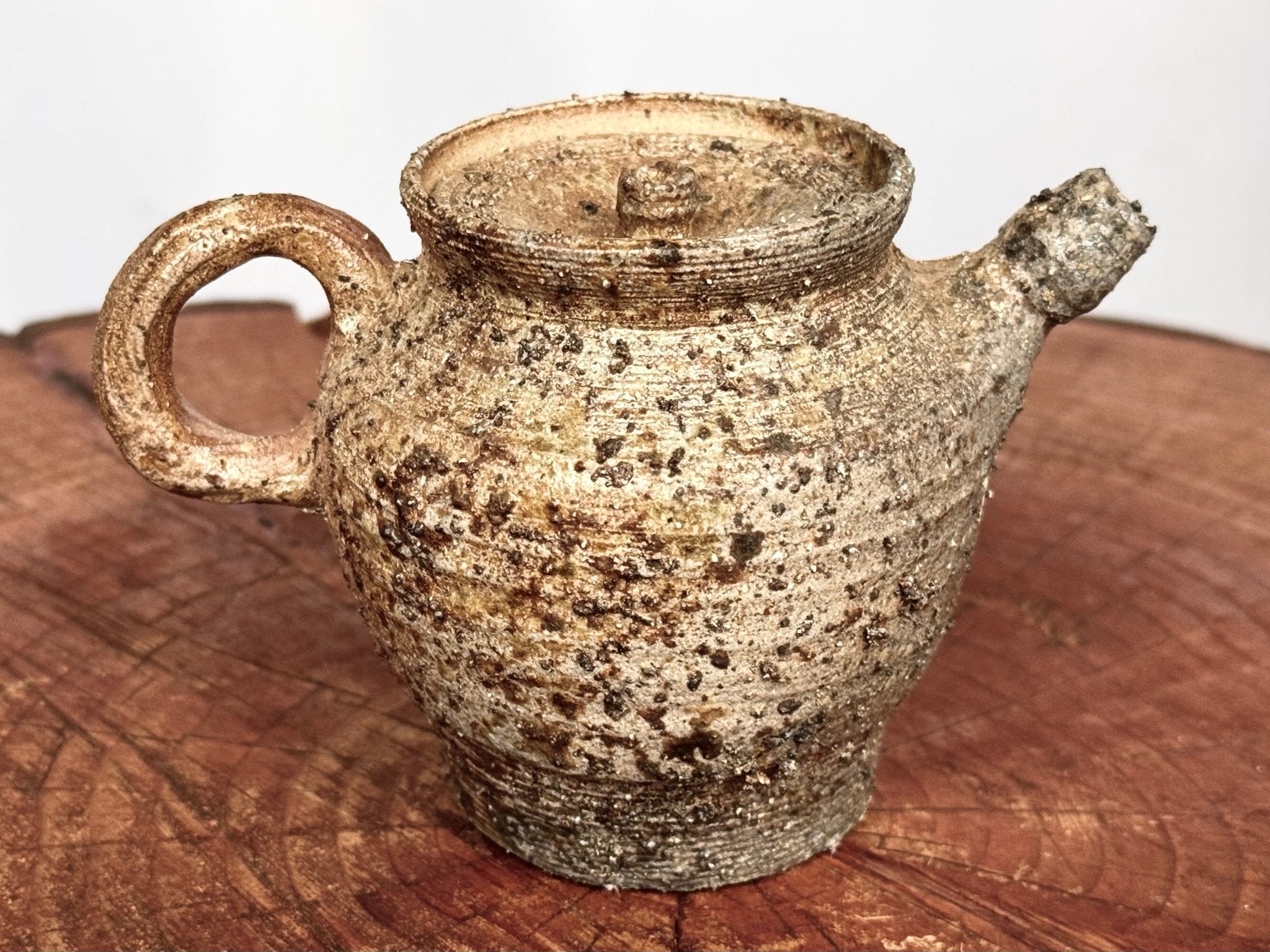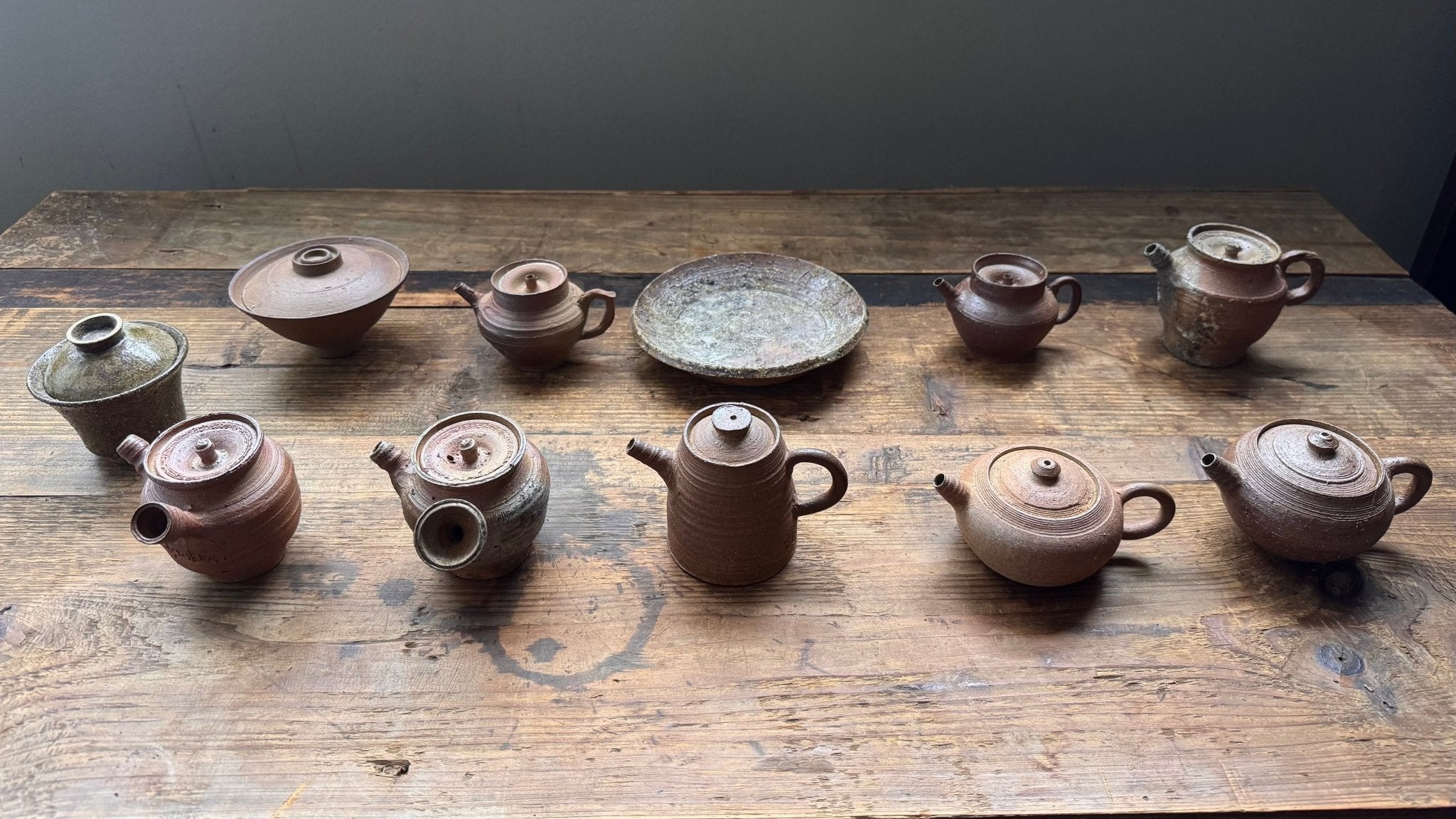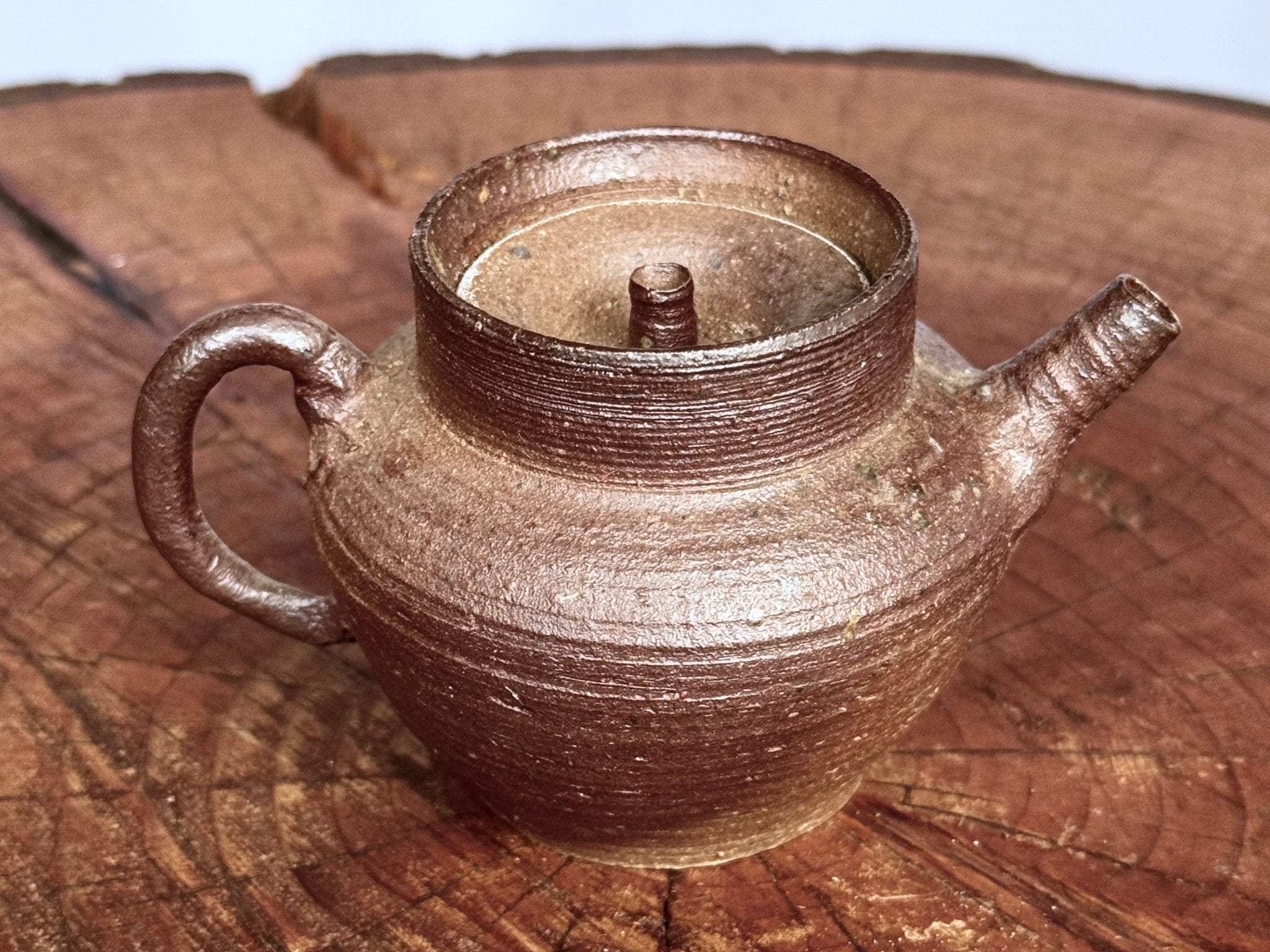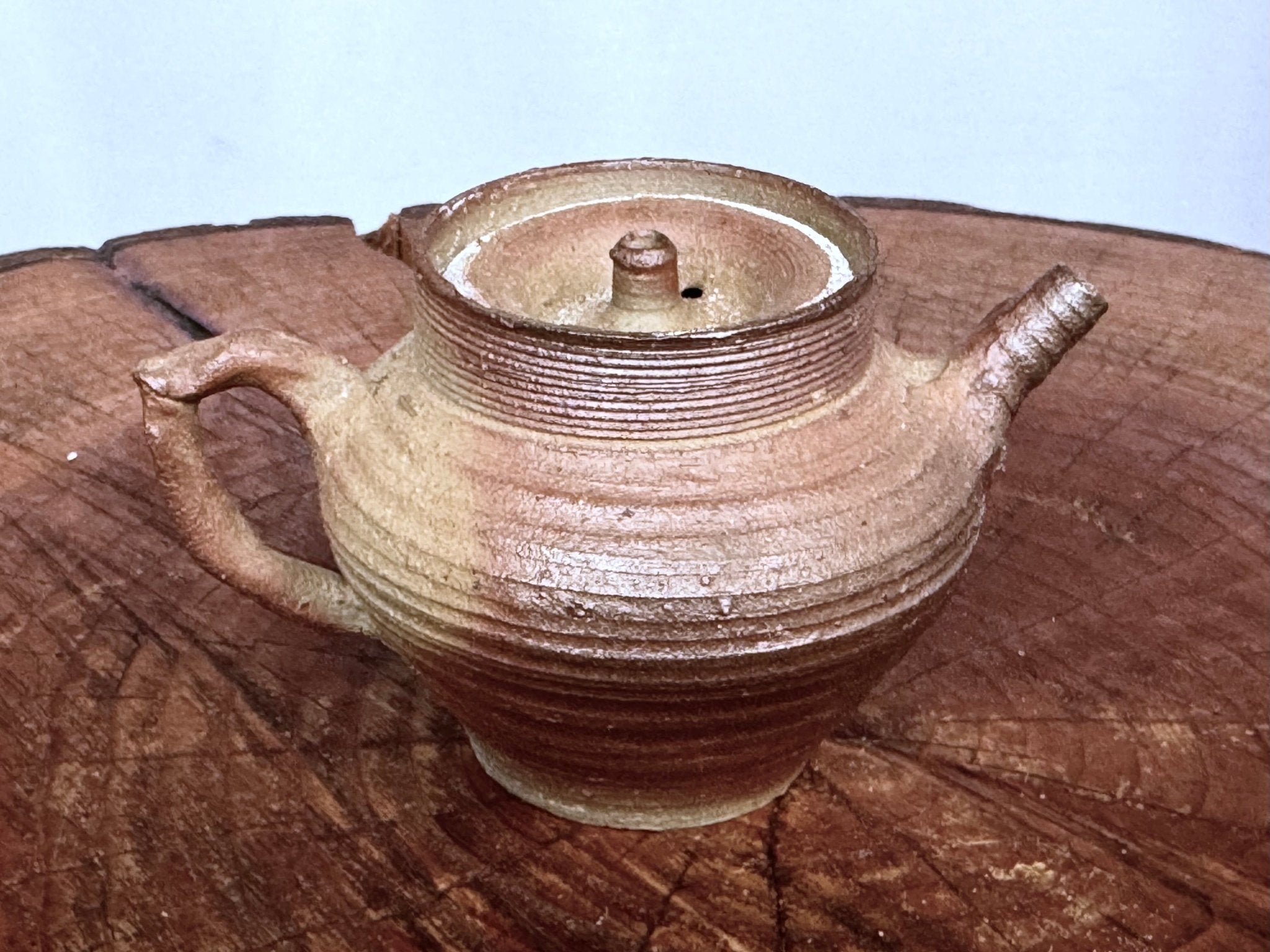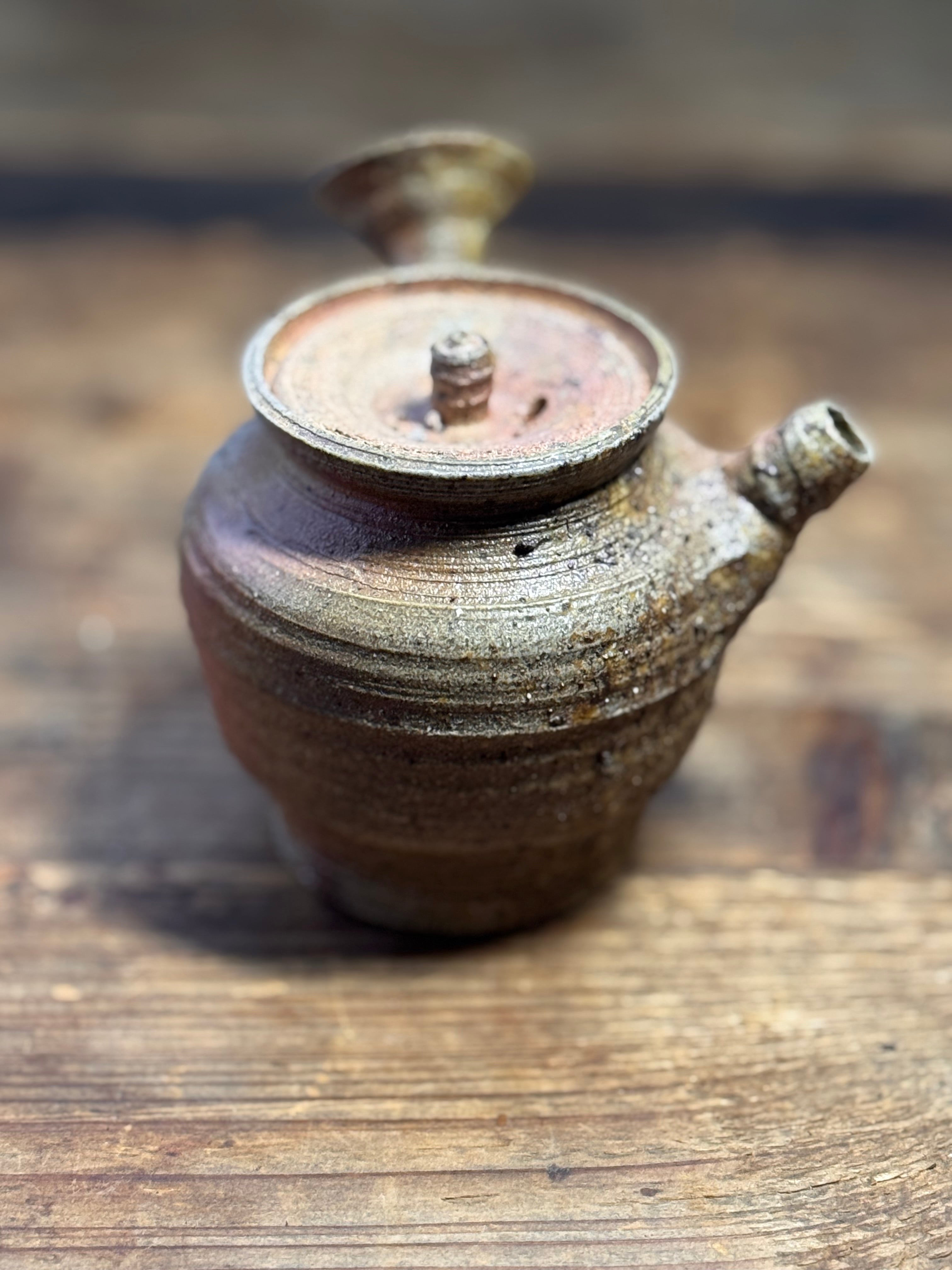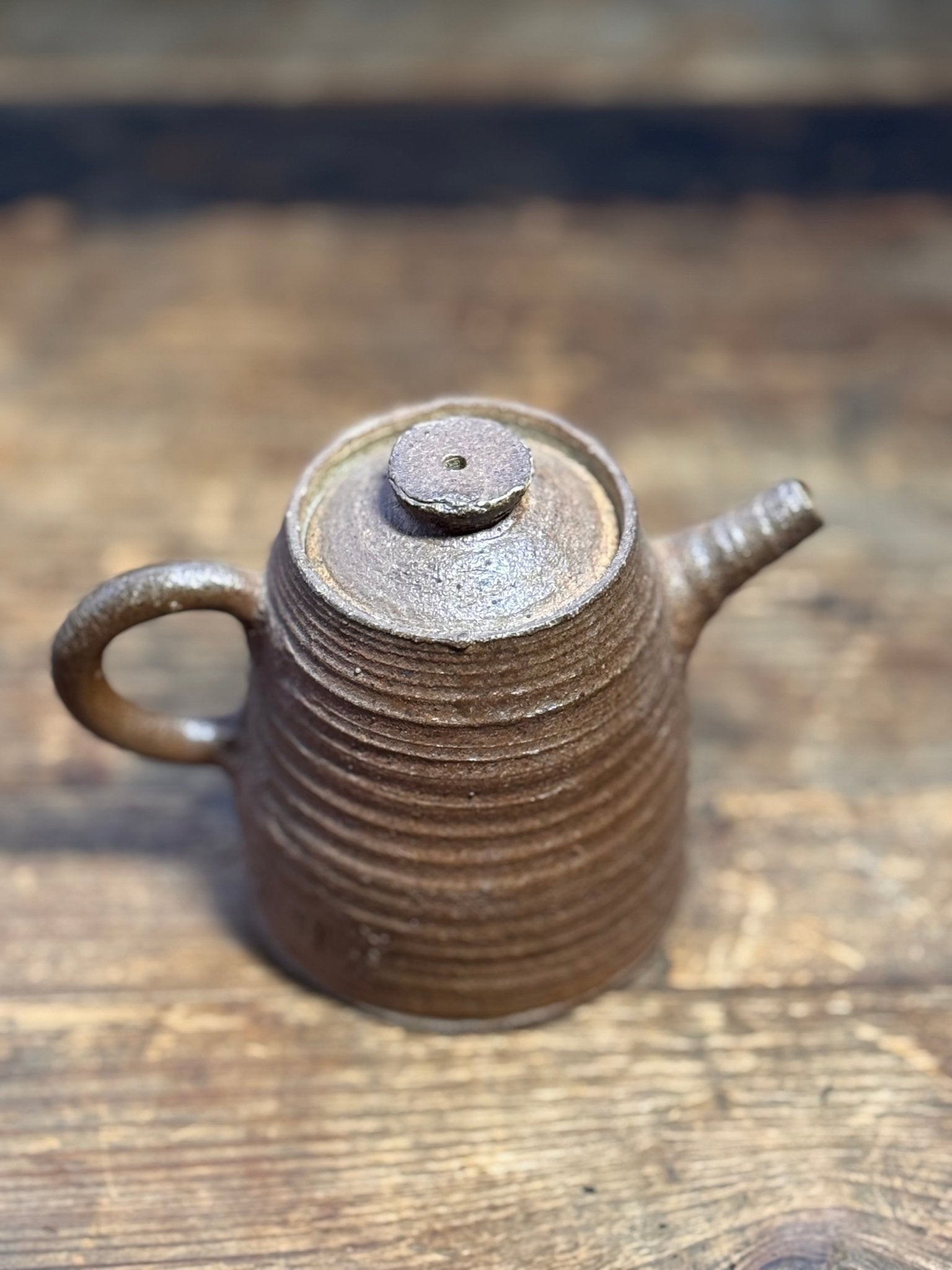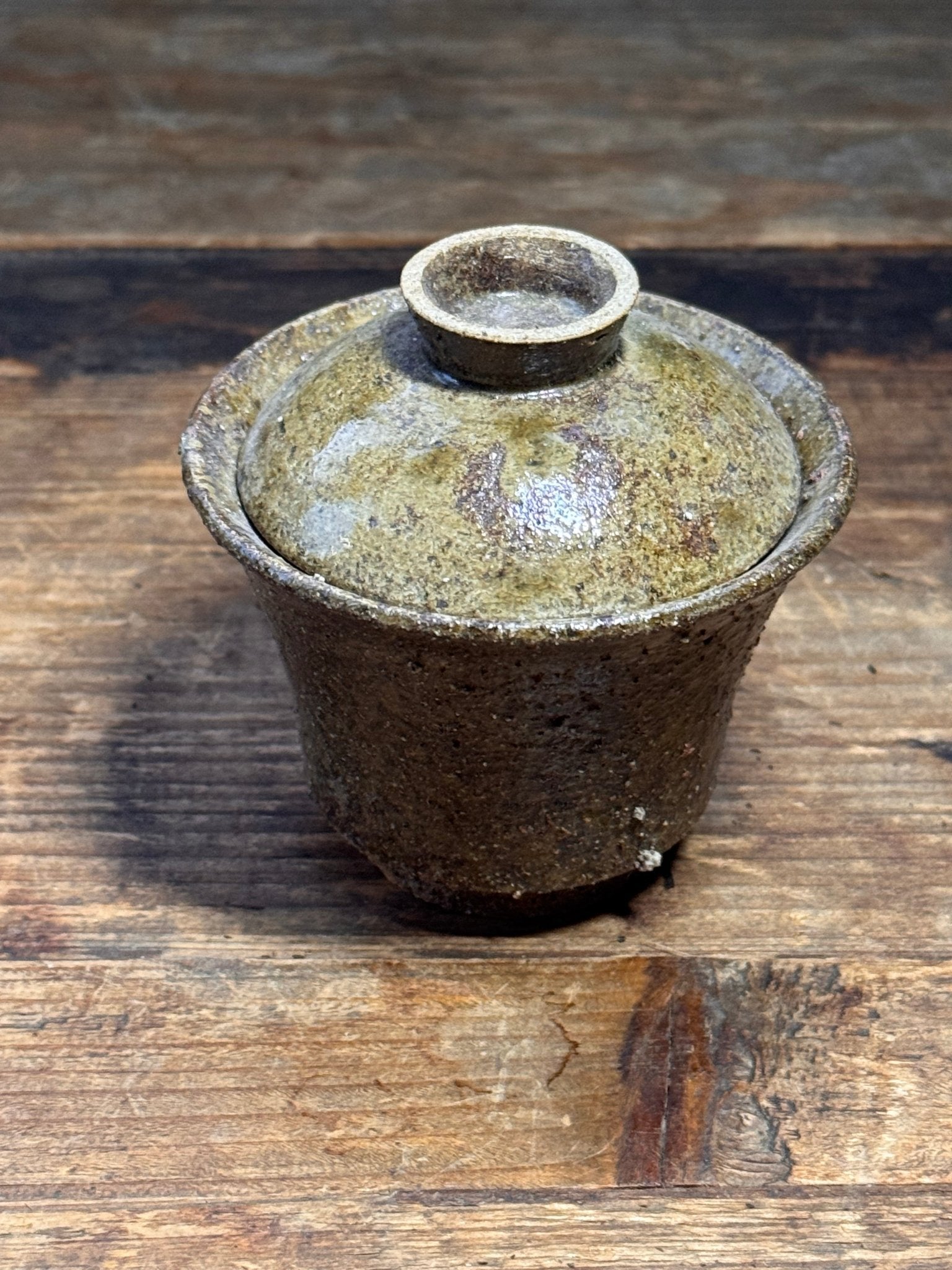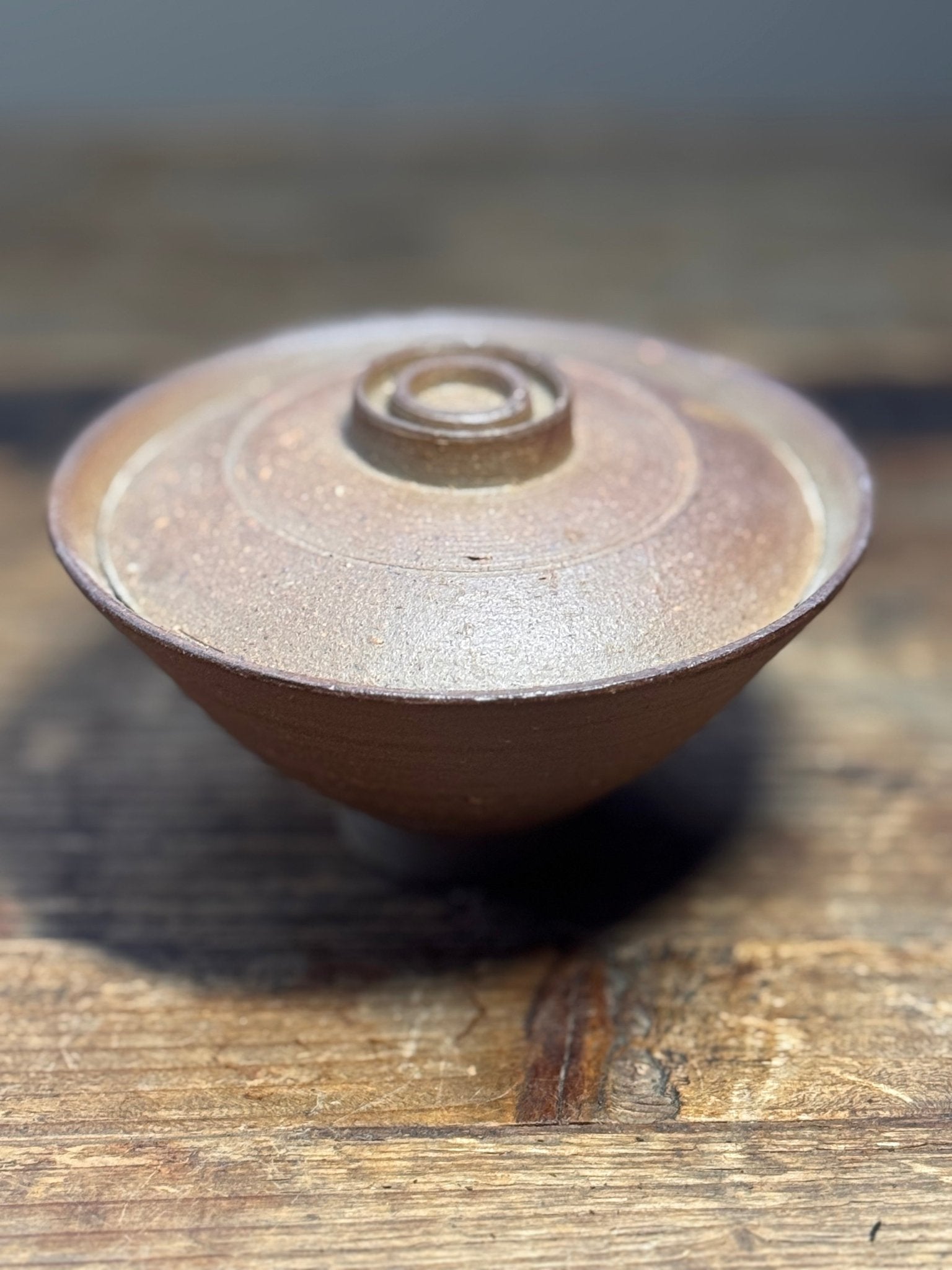Dragon kilns (龙窑 - lóng yáo) are among China’s oldest ceramic technologies, with roots stretching back more than two millennia to the Shang and Zhou eras, and reaching their peak influence during the Song, Ming, and Qing dynasties. Built along natural hillsides, these kilns rise like a dragon climbing a mountain, using slope and airflow to move heat upward. Some stretch more than 80 meters, divided into chambers that allow potters to fire large quantities at high temperatures using wood as the primary fuel. Because temperature, flame, and ash move unevenly through such long kilns, no two firings are ever the same. The natural ash glazes, flame traces, and mineral deposits that result are not flaws—rather, they are signatures of the process, giving each piece a character that cannot be industrially reproduced.
Our old friend Gao Feng manages a kiln that has been in use (with some repairs) at least since the early Qing Dynasty. The slightly porous nature of Menghai's ceramics makes them especially suitable for pu’er, allowing slow air exchange that supports natural aging without trapping moisture. Local firings often use wood from surrounding mountains, which subtly influences surface tones and glazes, giving wares warm mineral and smoky undertones. Because each firing absorbs the character of flame, ash, wood, and landscape, these dragon kiln pieces are valued not just as objects, but as expressions of place—deeply aligned with tea culture’s core principles: nature, time, and transformation.
Origin: Menghai, Yunnan, China
We have the following shapes in stock. Please note the different capacity for each style.
GF #1 ~ 150 ml
GF #2 ~100 ml
GF #3 ~100 ml
GF #4 (Tea Boat)
GF #5 ~140ml
GF #6 ~140ml
GF #7 ~140ml
GF #8 - Gaiwan
GF #9
